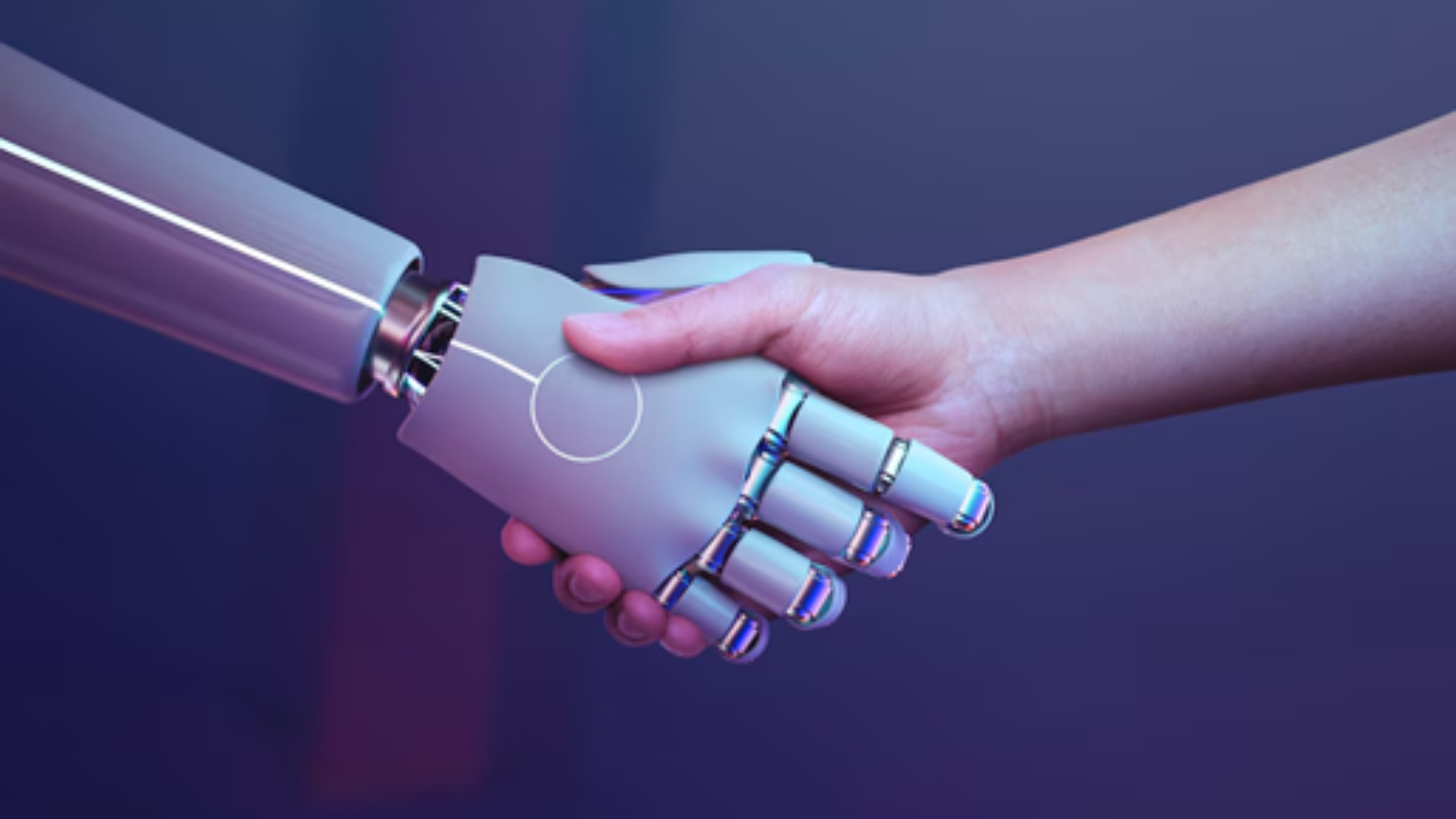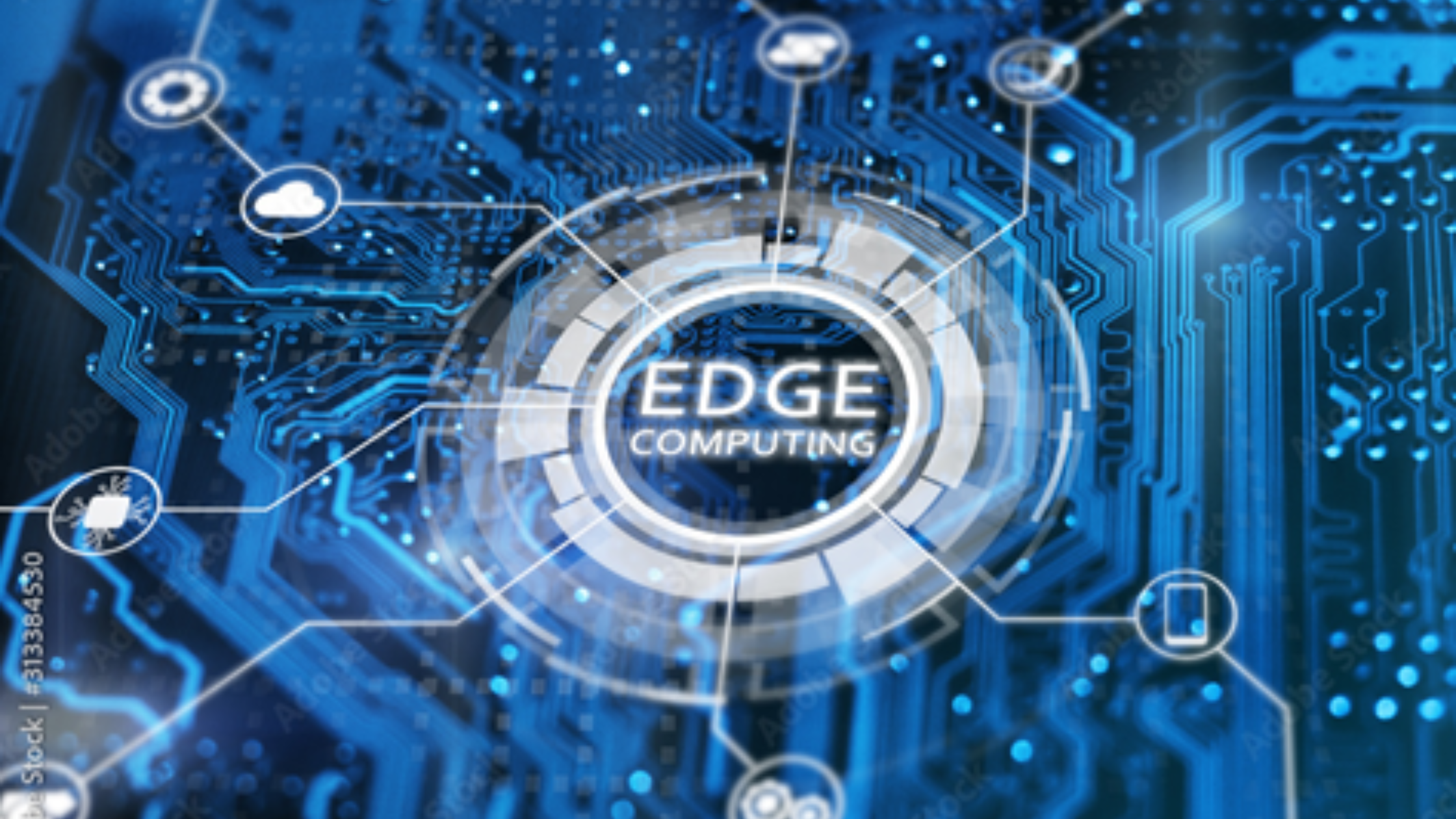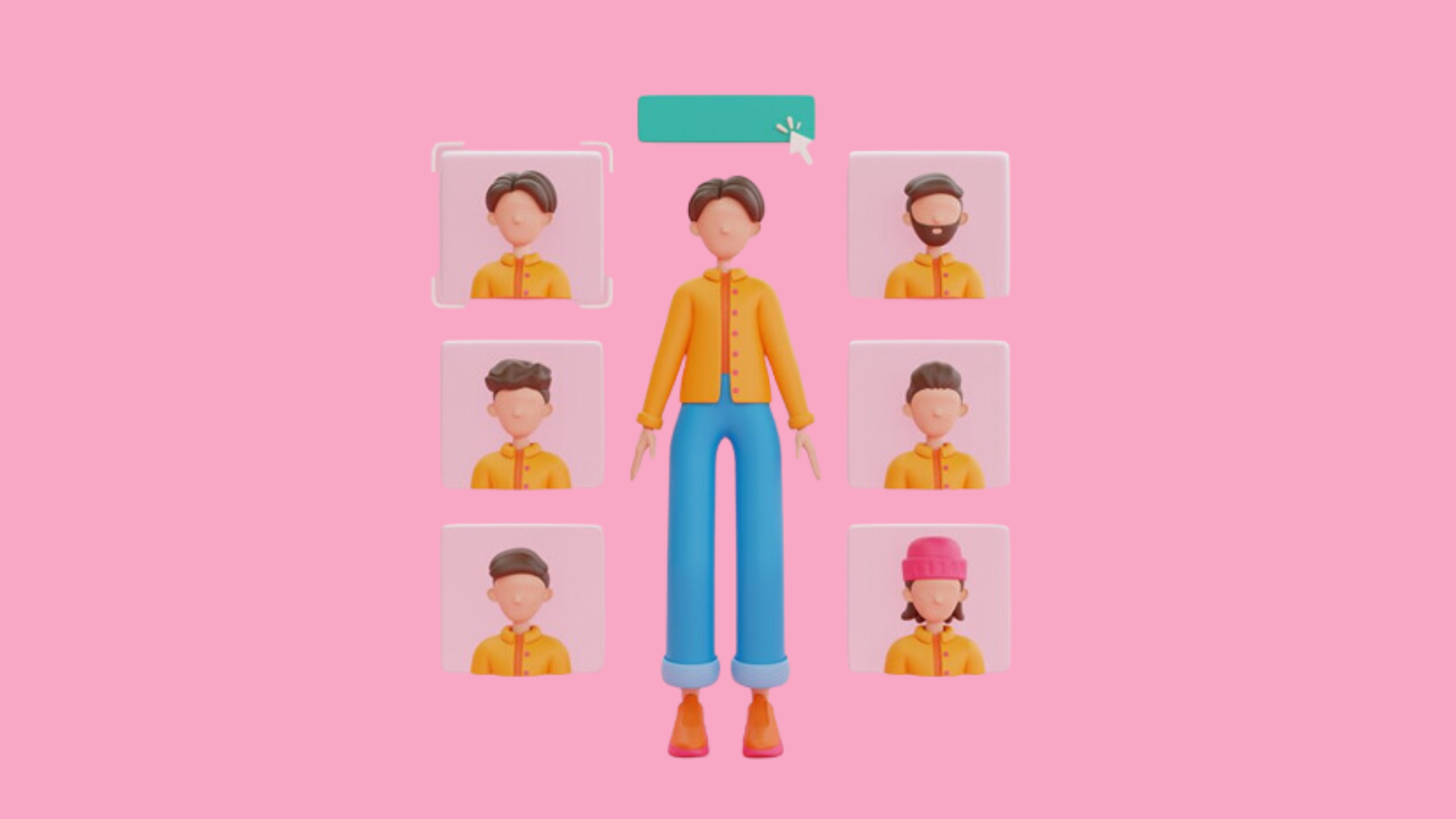MODIFIED ON: October 22, 2024 / ALIGNMINDS TECHNOLOGIES / 0 COMMENTS

Computer vision is transforming our world, and 2024 promises to be a groundbreaking year. Valued at USD 25.41 billion in 2024, the computer vision market is on track for significant expansion. Experts predict the market will reach USD 175.72 billion by 2032 at a CAGR of 27.3%.In this blog, we dive into the top 4 trends to discover how computer vision is shaping the future!
What is computer vision?
Computer vision is a field of technology that allows computers to see and understand the world around them. Just like human vision, computer vision uses pictures and videos as its input. Computer vision utilizes algorithms and artificial intelligence to make sense of visual information.
These algorithms can be incredibly complex, but the goal is simple – enable machines to extract meaning from images and videos. This can involve recognizing objects, understanding scenes, and even performing tasks based on what the computer sees.
Computer vision aims to replicate and improve human visual perception using powerful computer programs and AI. It employs various image processing techniques, machine learning, and deep neural networks to analyze and interpret digital images and videos with impressive accuracy and speed.
Computer vision definition by AWS:
Computer vision is a technology that machines use to automatically recognize images and describe them accurately and efficiently. Today, computer systems have access to a large volume of images and video data sourced from or created by smartphones, traffic cameras, security systems, and other devices.
Computer vision applications use artificial intelligence and machine learning (AI/ML) to process this data accurately for object identification and facial recognition, as well as classification, recommendation, monitoring, and detection.
Why does computer vision matter ?
In the early days of visual information processing, it was like teaching a toddler a new language – everything had to be done by hand, one tedious step at a time. Imagine you had to train a system to recognize different types of flowers. You’d need to label thousands of pictures, pointing out details like petal shape, color variations, and stamen arrangements.
This manual process was not only time-consuming but also prone to errors. Plus, the computers themselves lacked the processing muscle to handle the unstructured data that images represent. As a result, these “vision applications” were expensive and out of reach for most organizations.
Thankfully, the field of computer vision has evolved alongside advancements in computing power. Now, it’s like giving that toddler a modern language learning app – powerful algorithms can analyze massive datasets of images automatically, identify patterns, and distinguish objects with accuracy.
Cloud computing resources further democratize the technology and make it accessible to everyone. This opens doors for businesses of all sizes to leverage the power of computer vision for tasks like identifying damaged products on a manufacturing line, analyzing customer behavior in video recordings, or even verifying user identities with a simple selfie.
Computer Vision Trends for 2024
Generative AI
Generative AI is becoming a significant trend in computer vision because it allows computers to create realistic images and videos on their own. Instead of relying solely on existing data, generative AI can invent new visual content by learning patterns from the data it’s given. This technology is a game-changer because it helps in scenarios where there’s not enough data available or when you need to create diverse examples for training computer vision models.

By using generative AI, researchers and developers can make better models, create new visuals, and push the boundaries of what’s possible in computer vision. OpenAI’s groundbreaking tools, ChatGPT and Dall-E, represent a leap forward in artificial intelligence. These innovations not only improve operational efficiency but also empower businesses to tackle challenges that were once considered impossible to solve.
Edge computing
Edge computing simplifies the way visual data is processed and analyzed. Unlike traditional methods where data is sent to centralized servers for processing, edge computing brings this processing closer to where the data is generated—right at the “edge” of the network, such as on devices like smartphones, cameras, or sensors. This means that instead of depending on distant servers, devices can analyze visual information locally, in real-time, without constantly transferring data over the internet.

Credit: Adobe Stock
This approach offers several advantages, including faster response times, reduced latency, and improved privacy and security by keeping sensitive data on the device itself. Edge computing in computer vision enables applications like smart cameras, autonomous vehicles, and IoT devices to make quick, intelligent decisions without always needing a stable internet connection or relying on cloud infrastructure. In a nutshell, edge computing brings the power of computer vision closer to where it’s needed, making it more efficient, reliable, and accessible for various use cases.
Merged reality
Merged reality, as a computer vision trend, represents a fusion of physical and virtual worlds through advanced visual processing techniques. In simpler terms, it’s about blending real-world environments with digital elements in a seamless manner. This trend leverages computer vision technologies to detect and understand real-world surroundings accurately. It allows virtual objects to interact with them convincingly.

For example, in augmented reality applications, merged reality enables virtual objects to align with real-world surfaces and respond realistically to changes in the environment. Merged reality enhances immersive experiences across various domains, from gaming and entertainment to education and training, offering users a richer interaction with both physical and digital worlds.
3D Modeling
3D modeling is becoming a prominent trend in computer vision because it allows computers to understand and interact with three-dimensional objects in a more lifelike way. Just like how we perceive objects in the real world, computer vision systems equipped with 3D modeling can analyze and manipulate objects from multiple angles. This enables more accurate recognition, tracking, and interaction.

Image: Example of 3D rendering of online avatar design
This technology is particularly valuable in fields like augmented reality, virtual reality, robotics, and gaming, where realistic representation of 3D objects is essential for immersive user experiences and precise decision-making. As computer vision continues to evolve, 3D modeling is playing an increasingly important role in expanding the capabilities of machines to perceive and interact with the world around them.
Step into the future with Alignminds
AlignMinds unlocks the power of computer vision with advanced algorithms that analyze and interpret visual data from images and videos. We offer a suite of solutions, including object and facial recognition, scene understanding, and real-time video analytics for applications ranging from security to content moderation.
Beyond the technology, AlignMinds provides comprehensive AI consulting services to guide businesses across the US, Canada, and Australia in crafting customized AI strategies that address their unique needs and goals. Our solutions are not one-size-fits-all, but precisely tailored to overcome the challenges faced by businesses across industries and locations.
Connect today to learn more.
Leave a reply
Your email address will not be published.
-
Recent Posts
- The Future of Mobile Apps: AI-Driven Personalization in 2025
- 7 Gen AI Applications Revolutionizing Business in 2025
- Gen AI and Cloud Redefining Digital Transformation in 2025
- 2024 Tech Trends: Gen AI and App Development Insights
- Generative AI Trends Shaping Mobile & Web Apps in 2025
-
Categories
- MVP Development (5)
- AlignMinds (55)
- Operating Systems (1)
- Android POS (3)
- Application Hosting (1)
- Artificial Intelligence (44)
- Big Data (2)
- Blockchain (1)
- Cloud Application Development (8)
- Software Development (37)
- Software Testing (9)
- Strategy & User Experience Design (4)
- Web Application Development (28)
- Cyber Security (6)
- Outsourcing (7)
- Programming Languages (3)
- DevOps (5)
- Software Designing (6)
- How to Code (4)
- Internet of Things (1)
- Machine Learning (2)
- Mobile App Marketing (5)
- Mobile Application Development (24)
- Mobile Applications (9)







